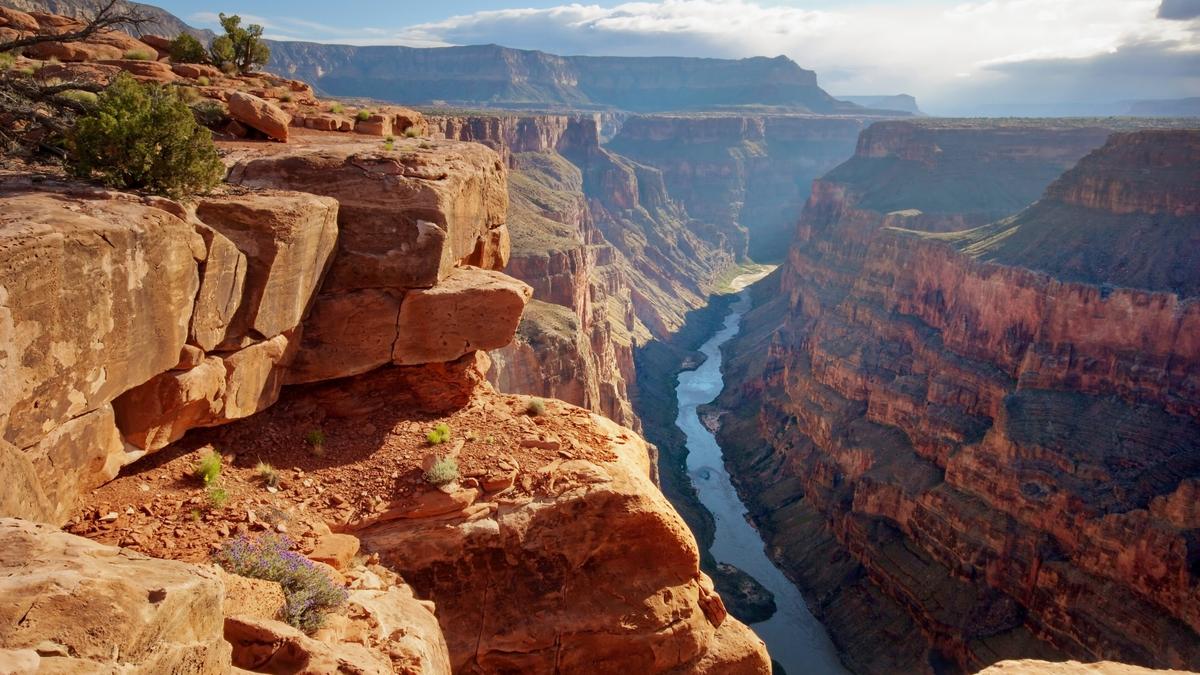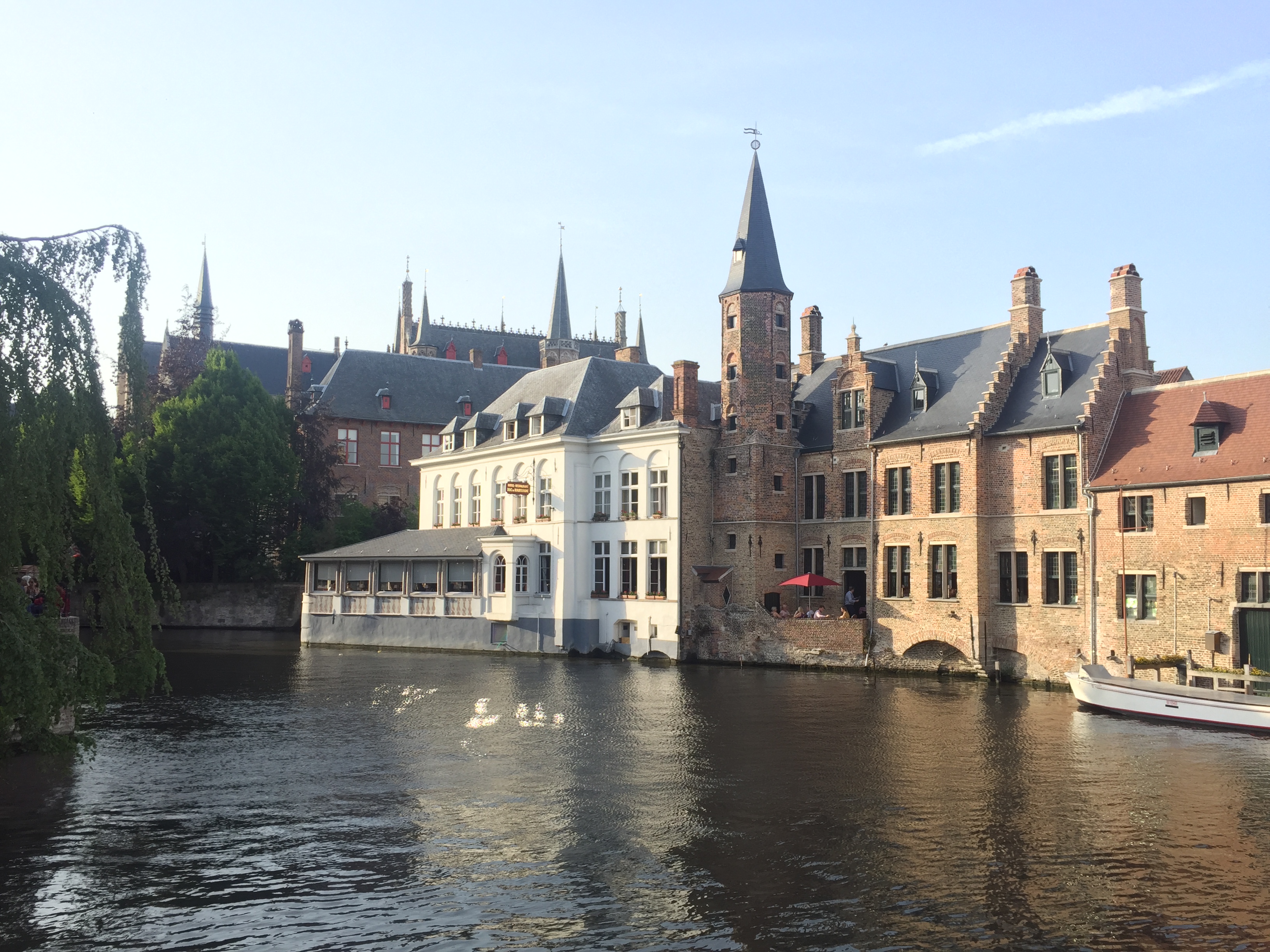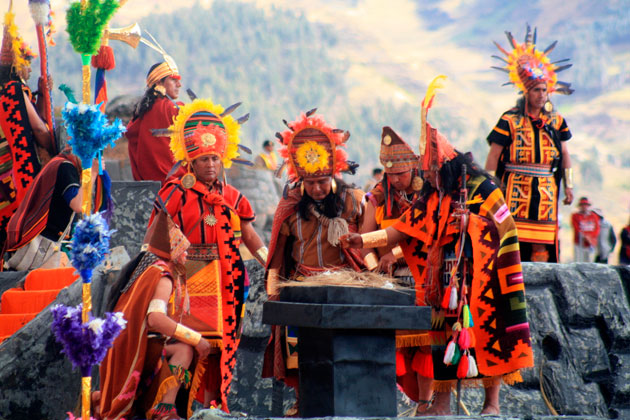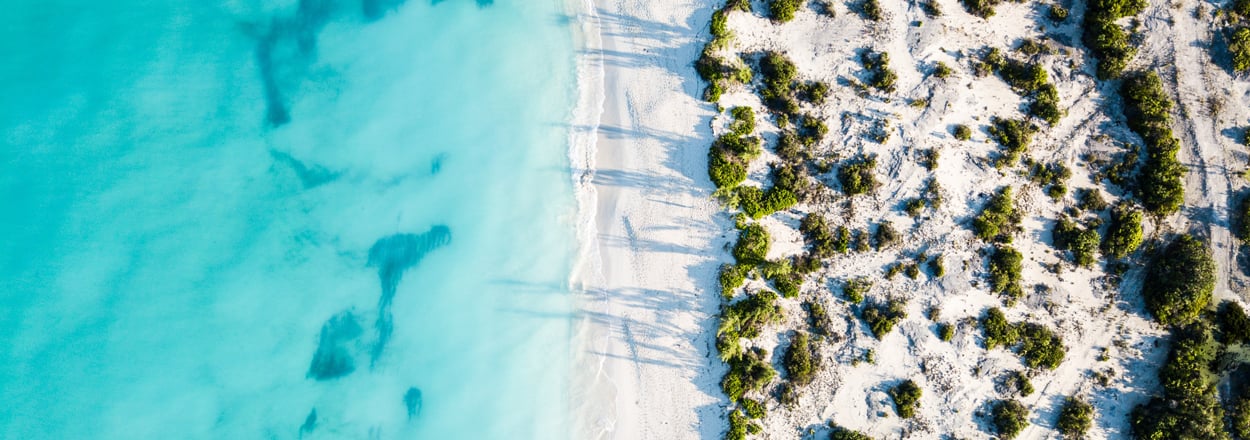7 Natural Wonders of the World Today
Since the Greek historian Herodotus enumerated what he considered the Seven Wonders of the World in the fifth century B.C., others have followed suit and compiled seven-item lists of the planet’s most extraordinary places. In 1997, CNN released a “Seven Natural Wonders of the World” list, which comprises geological, aquatic and astrophysical phenomena. Dispersed throughout five of the seven continents, CNN’s wonders are comparable in scale, but vary in accessibility and tourism infrastructure.

Grand Canyon
At nearly a mile deep and 277 miles long, the Grand Canyon (nps.gov/grca) in northwestern Arizona is one of the planet’s most breathtaking gorges. Travelers generally limit their visit to the South Rim, which is open all year and plentiful in services such as restaurants and lodging. The more solitary and difficult to access North Rim is open mid-May through mid-October.
Aurora Borealis
Near the Arctic circle in the northern hemisphere, sheets of incandescent lights known as Aurora Borealis or Northern Lights can be observed in the evening sky. To witness the phenomenon, you will need to visit a location within the Arctic region, such as the city of Fairbanks in Alaska, the Yukon Territory in Canada, the city of Tromso in Norway or the Swedish Lapland.
Paricutin
The dormant Paricutin in Mexico, the youngest volcano in the western hemisphere, is famous for having torn through a village in 1943 before the eyes of bewildered locals. The gateway to Paricutin is the village of Angahuan. The best way to get to the volcano, according to Frommer’s, is on a guided horseback ride. Plan on devoting an entire day to Paricutin; the hike to the zenith is long and strenuous.
Harbor of Rio de Janeiro
The Harbor of Rio de Janeiro in Brazil ranks as the largest bay on the planet in terms of water volume. Eroded by the Atlantic Ocean, the bay is surrounded by granite mountains, including the famous Sugar Loaf Mountain and Corcovado Peak. For panoramic views of the harbor, climb to the tops of these mountains or take to the skies in a helicopter or hang glider. Relatively low humidity makes September and October the best times to visit, notes the Seven Natural Wonders foundation.
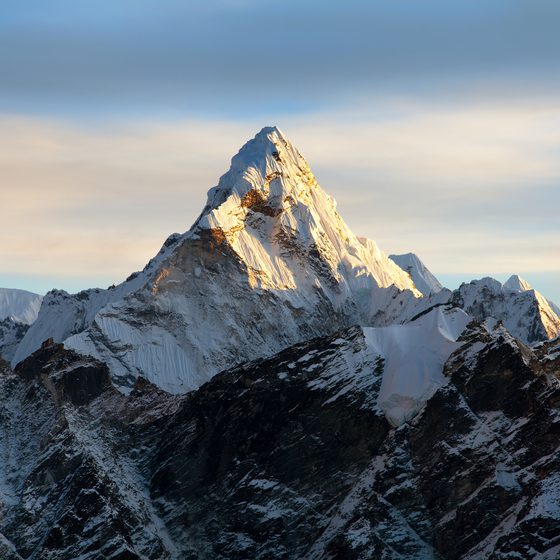
Mount Everest
Mount Everest belongs to the Himalaya mountains of Asia. It is the highest, though not the tallest, peak on the Earth’s surface with a maximum elevation of 29,029 feet. The easiest way to see Mt. Everest is on a guided flight. You can also hike to its base. October and November, which mark the beginning of the dry season, are the best times to visit, according to the Seven Natural Wonders foundation. The Nepalese government charges a permit fee of $25,000 dollars to climb to the top.
Victoria Falls
Victoria Falls, the largest in the world with a width of over a mile, sits on the border between Zambia and Zimbabwe in Africa. The force of the water is strongest from January through April. The view, however, is clearest from April through June, a time at which the waterfall is best admired from the Zambian side, according to Frommer’s. Zimbabwe offers the preferable vantage point in October and November when the water flow is reduced to around 3 percent.
Great Barrier Reef
The Great Barrier Reef (gbrmpa.gov.au) off Australia’s northeastern coast spans 133,000 square miles, which makes it the world’s largest coral reef and the only living thing observable from outer space. The reef supports approximately 1,500 fish species and more than 400 species of vibrant coral. You can contemplate the reef and its inhabitants on a glass-bottom boat tour, many of which allot time for diving and snorkeling.
Nathalie Alonso, Leaf Group Updated, March 2018, TRAVEL TIPS, 7 Natural Wonders of the World Today, recovered from: https://traveltips.usatoday.com/7-natural-wonders-world-today-101007.html
